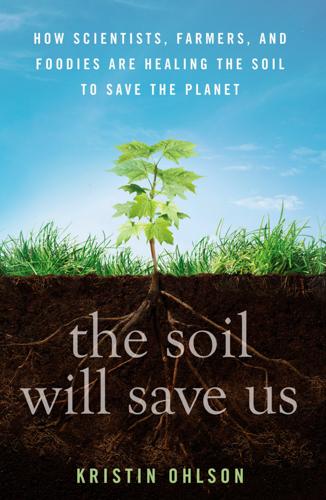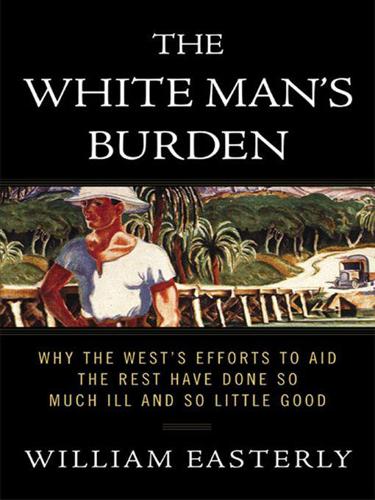
The fortune at the bottom of the pyramid
by
C. K. Prahalad
Published 15 Jan 2005
He was given a PC that could be used by all the farmers in the village. The sanchalak took a formal oath in the village to be impartial and make access to the PC available to all the farmers in his area. The farmers could check the prices of soybeans in the neighboring mandis and decide when and where to sell their crops. ITC decided to build a system that changed many of the existing practices. The farmers could check prices and decide at what prices they wanted to sell. They were not at the mercy of the auctioneers at the mandi on a particular day. The produce was weighed accurately, unlike the previous practice with the traditional aggregators in the mandi.
…
They are the subject matter of this book. The Market at the Bottom of the Pyramid 5 As you turn these pages, you will discover companies fighting disease with educational campaigns and innovative products. There are organizations helping the handicapped walk and helping subsistence farmers check commodity prices and connect with the rest of the world. There are banks adapting to the financial needs of the poor, power companies reaching out to meet energy needs, and construction companies doing what they can to house the poor in affordable ways that allow for pride. There are chains of stores tailored to understand the needs of the poor and to make products available to them.
…
The spread of wireless devices, PC kiosks, and personal digital assistants (PDAs) at the BOP has surprised many a manager and researcher. For example, ITC, an Indian conglomerate, decided to connect Indian farmers with PCs in their villages. The ITC e-Choupal (literally, “village meeting place”) allowed the farmers to check prices not only in the local auction houses (called mandis), but also prices of soybean futures at the Chicago Board of Trade. The e-Choupal network allowed the farmers access to information that allowed them to make decisions about how much to sell and when, thus improving their margins. Similarly, women entrepreneurs in southern India, given a PC kiosk in their villages, have learned to videoconference among themselves, across villages on all kinds of issues, from the cost of loans from various banks to the lives of their grandchildren in the United States.3 Chat rooms are full of activity that none of us could have imagined.

The Soil Will Save Us
by
Kristin Ohlson
Published 14 Oct 2014
Grain prices were high in the mid-1990s, prompting the architects of the 1996 farm bill to announce provisions that would reduce and eventually eliminate subsidies. But when prices fell once again, new government programs were quickly crafted to keep farmers in business. One program sent farmers direct payments based on the number of acres they had farmed in the 1980s, regardless of market conditions. Another automatically sent farmers a check when prices dropped. The payout soared even higher. American farmers received more than they ever had: $20 billion annually from 1999 to 2001. The consequence of these government programs was that farmers planted more crops, since the more acres they farmed, the higher their government check would be.

Imagining India
by
Nandan Nilekani
Published 25 Nov 2008
The demand for IT has consequently grown dramatically across rural India, and rural IT-based services led by the private sector have soared in recent years. Sriram Raghavan’s Internet community centers and kiosks, for instance, offer low-cost computing and networking services across villages, and ITC’s 7000 e-Choupal centers allow farmers to check commodity prices and sell crops online. “We have become the one-stop shop for literally everything,” Sriram tells me. “From caste certificates to English language training, we are doing all kinds of things over a wire, and the demand we are seeing is astonishing.” Sriram tells me of parents in villages who send their daughters in secondary school to the kiosk for online tuition classes.

The Land Grabbers: The New Fight Over Who Owns the Earth
by
Fred Pearce
Published 28 May 2012
Singh, who had advised the farmers as head of the Kano office of the International Institute of Tropical Agriculture. “And this is nothing unusual. We can do it all over Africa.” So simple, but so effective. In many places, new communications technology is helping smallholders. Mobile phones have revolutionized the ability of small farmers to access markets and check prices. In outgrower schemes for fresh vegetables—such as the Homegrown operation I watched in Machakos, which airfreights produce to Britain—farmers take orders by phone for the day’s delivery while working in their fields. Africans can learn from each other, but also from elsewhere.

The White Man's Burden: Why the West's Efforts to Aid the Rest Have Done So Much Ill and So Little Good
by
William Easterly
Published 1 Mar 2006
Radios and TVs Per Capita in Africa In Africa since 1996, the number of cell phones has been increasing by a factor of ten every three years. The explosion of cell phones shows just how much poor people search for new technological opportunities, with no state intervention, with no structural adjustment or shock therapy to promote cell phones. These are not just consumer pleasures. Cell phones help farmers, fishers, and entrepreneurs check out prices, suppliers, and consumers; arrange meetings; transfer funds; and lots of other things that are logistical nightmares in societies without good landline phones, functional postal services, or adequate roads.54 Fig. 10. Cell Phones Per Thousand People Entrepreneur Alieu Conteh started building a cellular network in the Democratic Republic of the Congo (formerly Zaire) when it was still in the midst of its civil war in the 1990s.